Tire Size 275/55r20 vs 265/50r20
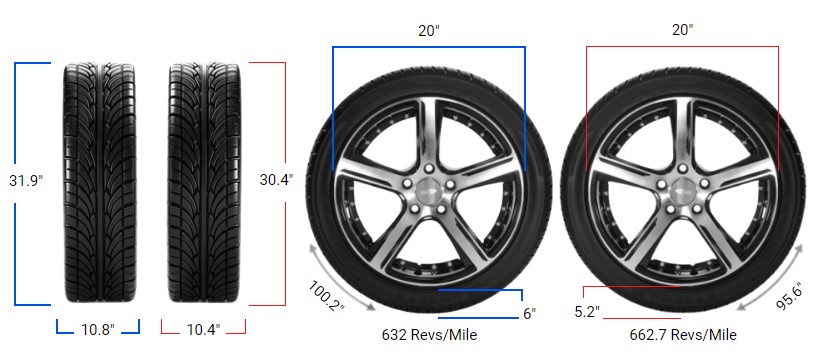
Switching from 275/55r20 to 265/50r20 tires involves a significant change in tire dimensions. This switch results in a smaller overall diameter, reduced width, and lower sidewall height. Let’s explore the impacts of this tire switch on both on-road and off-road driving.
- The new tire size is 4.6% smaller in diameter than the original.
- Width decreases by 3.6%, potentially affecting traction and handling.
- Sidewall height reduces by 12.4%, impacting ride comfort and off-road capability.
- Speedometer accuracy will be affected, showing higher speeds than actual.
- Ground clearance decreases due to the smaller overall diameter.
275/55r20 vs 265/50r20 Table
The primary difference between 275/55r20 and 265/50r20 tires lies in their overall diameter. The new tire is 1.48 inches (37.5 mm) smaller, which is a 4.6% reduction.
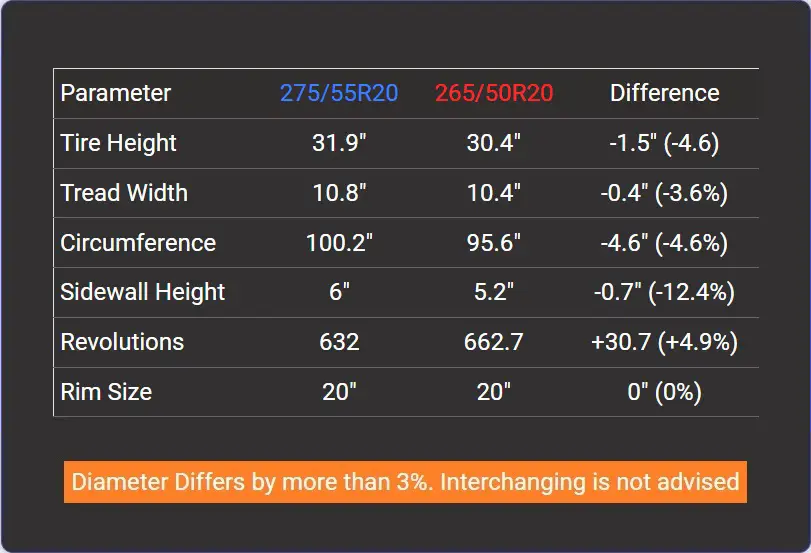
Fitment Guide
It’s crucial to follow the fitment guide. The diameter difference between 275/55r20 and 265/50r20 tires is -4.6%, which exceeds the acceptable 3% range.
Therefore, this interchange is not recommended without necessary adaptations to prevent issues such as rubbing or clearance problems.
On-Road Impact
The switch to 265/50r20 tires will have several noticeable effects on on-road performance. These changes can impact various aspects of your driving experience, from handling to fuel efficiency.
- Handling & Stability: The narrower width of the 265/50r20 tires (10.43 inches vs. 10.83 inches) may result in slightly reduced traction, particularly during cornering or in wet conditions. However, this 3.6% decrease in width is relatively minor and may not be significantly noticeable in everyday driving.
- Ride Comfort: The most significant change is the 12.4% reduction in sidewall height, from 5.95 inches to 5.22 inches. This lower profile can lead to a firmer ride, as there’s less tire sidewall to absorb road imperfections. You may feel more bumps and vibrations, especially on rough roads.
- Speedometer Accuracy: The smaller overall diameter affects your vehicle’s speedometer readings. At an indicated speed of 20 mph, your actual speed will be about 19.07 mph. This means your speedometer will consistently show a higher speed than you’re actually traveling, which could lead to unintentional speeding.
- Fuel Efficiency: The smaller diameter tires will cause your engine to work slightly harder, as they will complete more revolutions per mile (662.7 vs. 632.04). This could lead to a minor decrease in fuel efficiency, though the impact may be negligible in most driving conditions.
- Aesthetics: The smaller tires may give your vehicle a slightly different look. Some drivers prefer the appearance of a smaller tire with a lower profile, as it can make the wheels appear larger and give the vehicle a more sporty stance.
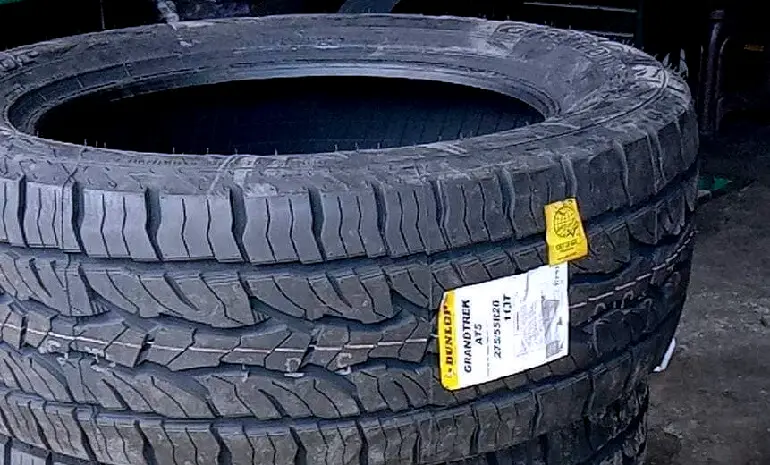
Off-Road Impact
Switching to 265/50r20 tires will also affect your vehicle’s off-road capabilities. These changes can be particularly noticeable in challenging terrain or during specific off-road maneuvers.
- Ground Clearance: The 1.48-inch reduction in overall diameter translates to approximately 0.74 inches less ground clearance. This decrease can be significant when navigating over rocks, logs, or other obstacles in off-road conditions. You may need to be more cautious to avoid undercarriage damage.
- Traction: The narrower width of the 265/50r20 tires might provide less surface area for grip in soft surfaces like mud or sand. However, the difference is relatively small, and in some cases, a narrower tire can actually perform better by “cutting” through soft terrain rather than floating on top.
- Off-Road Comfort: The lower profile of the new tires means less sidewall flex, which can be a disadvantage when “airing down” for improved traction in off-road conditions. You’ll have less tire volume to work with, potentially reducing the tire’s ability to conform to obstacles and provide a smoother ride on rough terrain.
- Durability: The smaller sidewall height might make the tires more susceptible to damage from sharp rocks or other off-road hazards. You may need to be more cautious when selecting lines through challenging terrain.
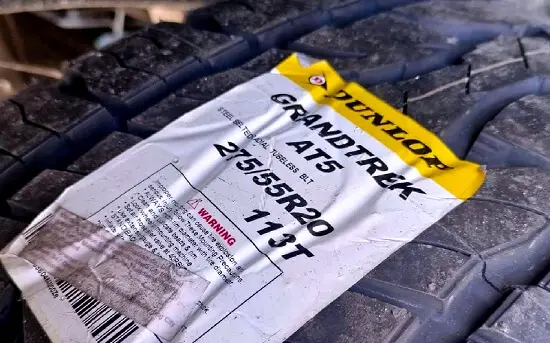
What is the Difference Between 275/55r20 and 265/50r20?
The main difference between 275/55r20 and 265/50r20 tires lies in their overall diameter. The 275/55r20 tire has a diameter of 31.91 inches (810.5 mm), while the 265/50r20 tire measures 30.43 inches (773 mm) in diameter.
This represents a significant 4.6% reduction in size, which exceeds the generally recommended 3% tolerance for tire size changes.
This difference in diameter can affect various aspects of vehicle performance, including ground clearance, speedometer accuracy, and overall driving dynamics.
Can I Use 265/50r20 Instead of 275/55r20?
No, it is not recommended to use 265/50r20 tires instead of 275/55r20 without making necessary adaptations.
The difference in overall diameter between these two tire sizes is -4.6%, which exceeds the acceptable 3% range typically advised for tire replacements.
This significant size difference can potentially lead to issues such as inaccurate speedometer readings, changes in vehicle handling, and possible clearance problems.
If you still wish to make this switch, it’s crucial to consult with a professional to ensure proper fitment and address any potential complications.
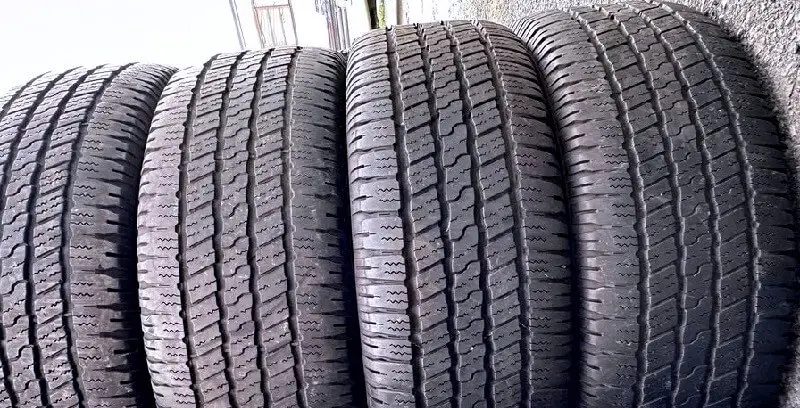
How Much Taller Is A 275/55r20 Tire Than A 265/50r20?
A 275/55r20 tire is 1.48 inches (37.5 mm) taller than a 265/50r20 tire. The 275/55r20 has an overall diameter of 31.91 inches (810.5 mm), while the 265/50r20 has a diameter of 30.43 inches (773 mm).
This height difference represents a 4.6% increase in overall diameter for the 275/55r20 tire compared to the 265/50r20.
How Much Wider is a 275/55r20 Tire Than a 265/50r20?
A 275/55r20 tire is 0.39 inches (10 mm) wider than a 265/50r20 tire. The 275/55r20 has a width of 10.83 inches (275 mm), while the 265/50r20 measures 10.43 inches (265 mm) in width.
This difference represents a 3.6% increase in width for the 275/55r20 tire compared to the 265/50r20.
Our Observation
Switching from 275/55r20 to 265/50r20 tires presents both benefits and drawbacks. The smaller, lighter tires may improve acceleration and potentially enhance steering response. However, the reduced sidewall height could lead to a harsher ride and increased risk of wheel damage, especially off-road.
The impact on on-road performance is generally minimal, with slight changes in handling and fuel efficiency. Off-road, the lower ground clearance and reduced tire volume for airing down are the most significant concerns.
While the differences in width and overall diameter are noticeable, they may not drastically affect everyday driving for most users.
Ultimately, the decision to switch should be based on your specific driving needs and preferences, considering both on-road comfort and off-road capability.

Meet Caitlin McCormack, a Tire Size Expert and Blogger Passionate About Everything Related to Tires. With Years of Experience in the Tire Industry, Caitlin Has Become an Expert in Tire Sizes and Their Impact on Vehicle Performance.
